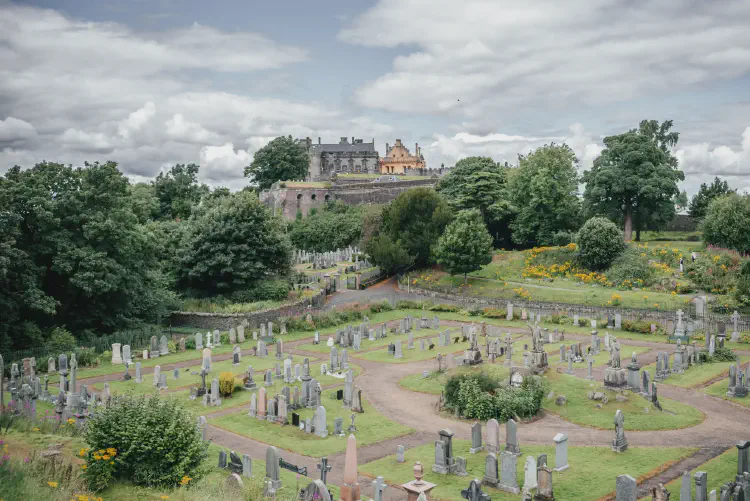Stirling's historic importance
Stirling, often called the ‘Gateway to the Highlands,’ holds a special place in Scottish history. Its strategic location made it a battleground, a royal stronghold, and a symbol of national identity.
- Scotland Tours
- 2 min read

Stirling Castle
Dominating the city from Castle Hill, Stirling Castle was once the residence of Scottish kings and queens, including Mary, Queen of Scots. It played a key role in Scotland’s Wars of Independence and remains one of the country’s most important historic sites.
The Wallace Monument
Perched on Abbey Craig, the National Wallace Monument commemorates Sir William Wallace, the freedom fighter who defeated English forces at the Battle of Stirling Bridge in 1297. Visitors can climb the tower for sweeping views over the countryside.
The Battle of Bannockburn
Just outside the city, the site of the Battle of Bannockburn (1314) marks Robert the Bruce’s famous victory over English forces. A modern visitor center brings the battle to life through immersive displays.
Stirling’s Role in Scottish History
Stirling was considered the key to controlling Scotland due to its location at a natural crossing of the River Forth. Whoever held Stirling held the gateway between the Highlands and Lowlands.
Historic Old Town
Wandering Stirling’s Old Town feels like stepping back in time. Narrow medieval streets, the Church of the Holy Rude, and ancient cemeteries reflect centuries of history.
Why Stirling Matters Today
For visitors, Stirling offers both a compact, walkable city and a deep dive into Scotland’s story of independence, royalty, and resilience. Its monuments and battlefields continue to inspire pride and reflection in Scottish identity.